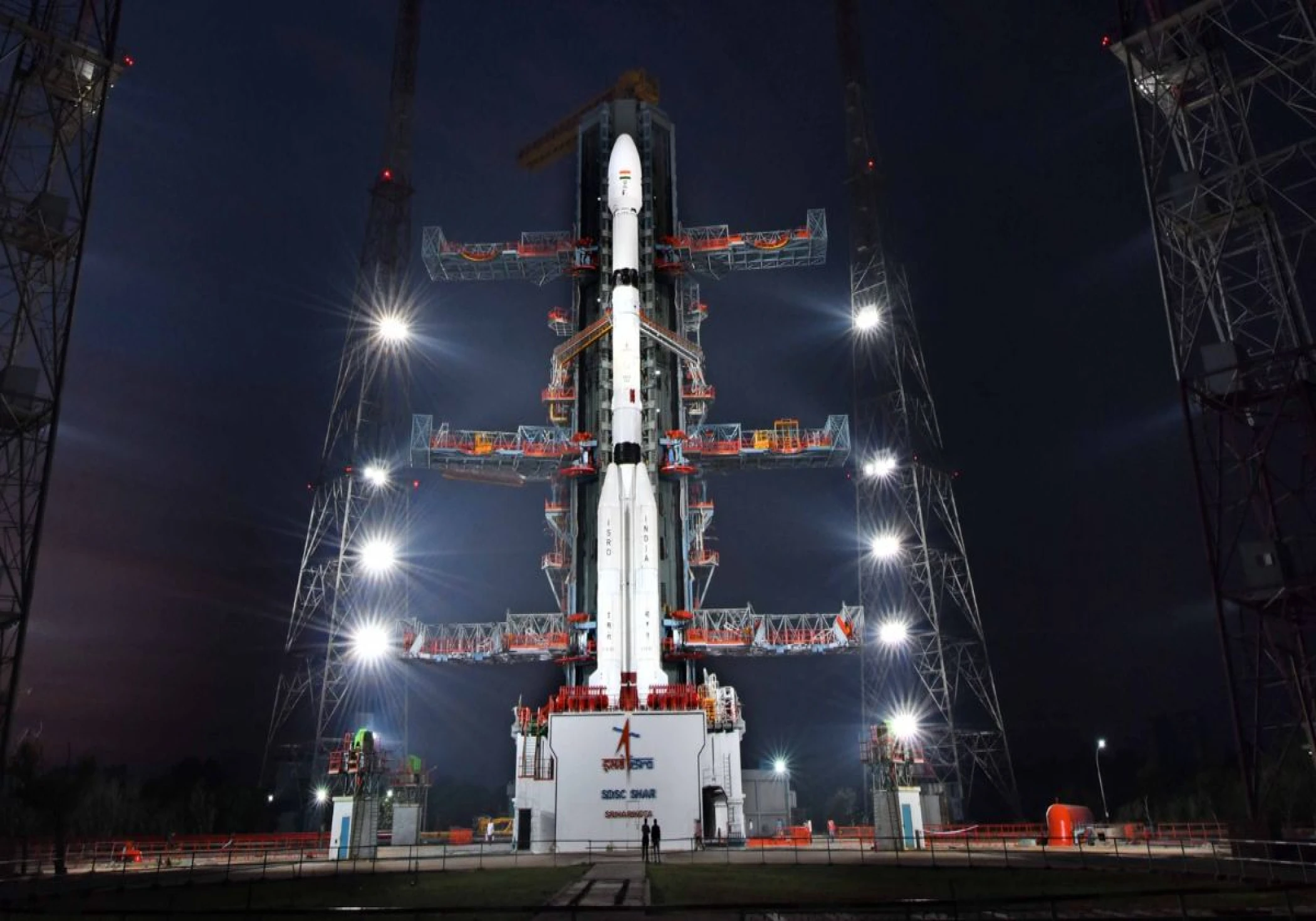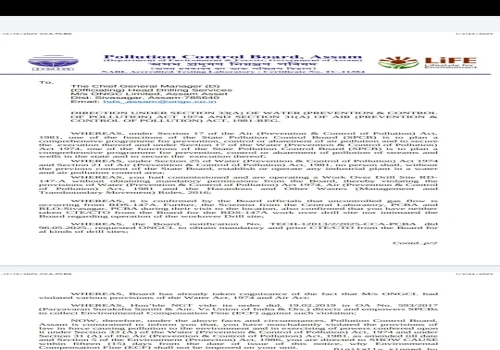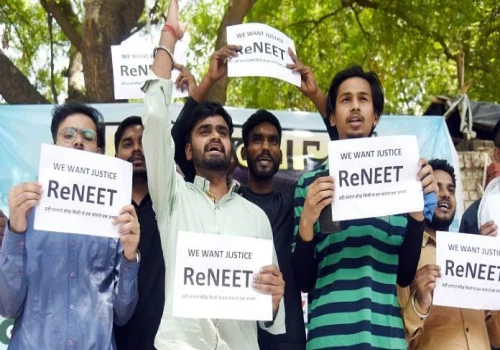
Today, on February 17th, ISRO is set to launch its GSLV F14/INSAT-3DS mission from the Sriharikota launch site at 5:35 pm in the evening. The primary objective of this mission is to deploy the meteorological satellite INSAT-3DS, enhancing the precision and informativeness of weather forecasts and providing advanced warnings for natural disasters. The highly anticipated launch is scheduled to take place at Sriharikota in Andhra Pradesh, as announced by the Indian space agency.
This evening, the satellite is scheduled for launch aboard a Geosynchronous Launch Vehicle (GSLV), marking a critical mission for ISRO's rocket affectionately known as the "naughty boy." The GSLV has encountered challenges in previous launches, boasting a failure rate of 40 percent. Among its 15 space missions to date, GSLV F14 has experienced issues in six of them.
Designed to offer highly precise weather forecast data through the examination of ocean surface conditions, this launch holds immense importance for India's space agency as it promises to significantly enhance disaster prevention capabilities. While the launch of INSAT-3DS is of utmost importance for India's meteorological agencies, the carrier GSLV F14 has gained a reputation for encountering frequent issues, earning it the moniker "naughty boy" within India's space agency.
The successful outcome of this mission holds pivotal significance for the GSLV, as it is slated to transport the Earth observation satellite NISAR later this year. NISAR is a collaborative effort between NASA and ISRO.
Once in operation, the satellite will deliver advanced weather observations for both land and ocean surfaces. It will contribute to short-range forecasting of severe weather events like thunderstorms, offer visibility estimates for aviation, and assist in the examination of phenomena such as forest fires, smoke, snow cover, and climate studies.











